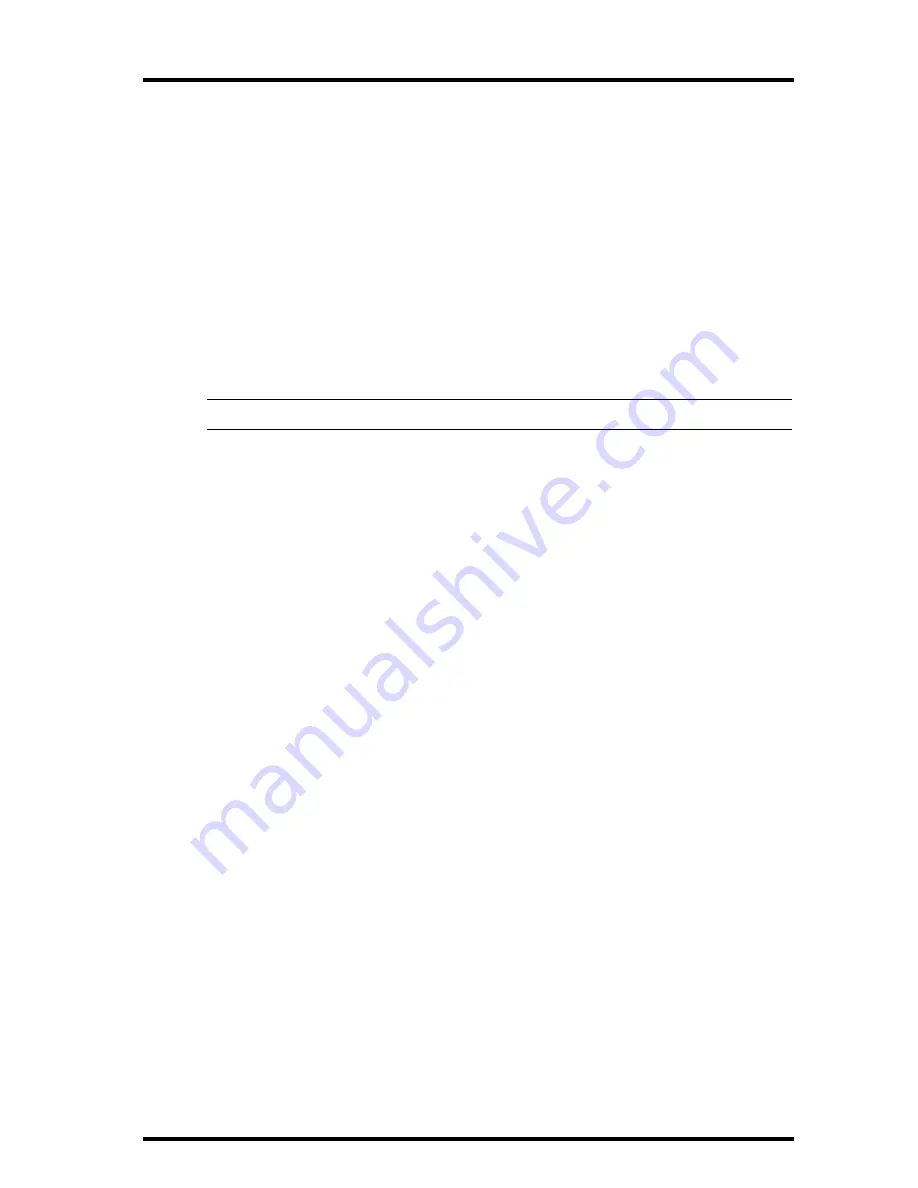
Getting Started
Page 7
If you have a
Health EnviroMonitor
, on the other hand, Davis does recom-
mend tilting the UV sensor. The Health’s temperature-humidity-sun-wind
index calculations assume that the UV sensor is tilted according to your lati-
tude. Additionally, maximizing UV readings (via tilting) gives the best indi-
cation of potential health risk.
To maximize UV and/or solar radiation reception:
a. Recalibrate the anemometer to point north in the Northern Hemisphere,
south in the Southern Hemisphere (see “Recalibrating the Wind Vane”
on page 12 for instructions).
b. Position the EZ-Sensor Arm to point either east or west.
c. Tilt the sensor(s) toward the sun (south in the Northern Hemisphere,
north in the Southern Hemisphere).
Note:
This alternative configuration is not standard for meteorological measurements.
Use the following rubric to determine the tilt angle for maximum readings:
✦
Maximum Readings During Spring or Fall
If you want maximum readings in the Spring or Fall, use your latitude as
the angle (that is, at 45˚ latitude, use an angle of 45˚ from vertical).
✦
Maximum Readings During Summer
If you want maximum readings in the Summer, subtract 18˚ from your
latitude to determine the correct angle (that is, at 45˚ latitude, use an
angle of 27˚ from vertical).
✦
Maximum Readings During Winter
If you want to maximize readings in the Winter, add 18˚ to your latitude
to determine the correct angle (that is, at 45˚ latitude, use an angle of 63˚
from vertical).
For greater accuracy in determining the correct angle, consult a table of the
sun’s declination over the desired time span. The best tilt angle is derived by
subtracting declination from latitude.


































